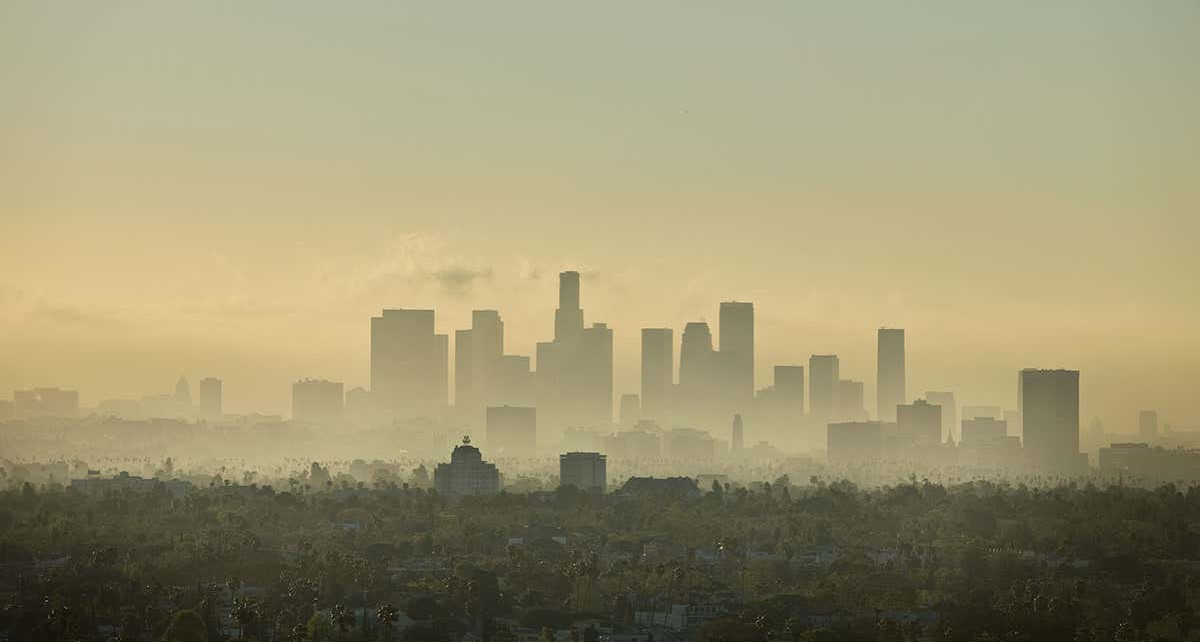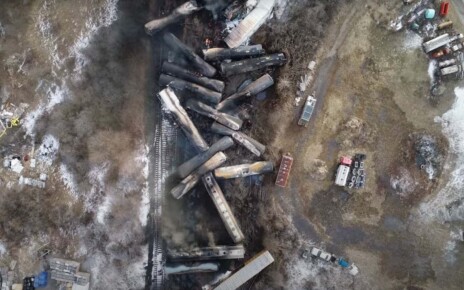[ad_1]

Cultura RM / Alamy
Many cities in the United States are underestimating their impact on the climate. A comparison of self-reported data from 48 US cities against independent estimates of fossil-fuel emissions has found that the urban centres are under-reporting their carbon emissions by 18.3 per cent on average.
Kevin Gurney at Northern Arizona University and his colleagues have developed an automated measurement system known as Vulcan, which can estimate fossil-fuel emissions at specific geographic points and over large areas.
Vulcan makes its estimates based on dozens of publicly available data sets, including local air quality emission reports, energy statistics, traffic data as well as measurements of carbon dioxide in the atmosphere.
Advertisement
The team compared Vulcan’s estimates of greenhouse gas emissions between 2010 and 2015 with those reported in 48 city inventories.
This revealed large discrepancies, with some cities under-reporting their emissions by 145.5 per cent.
The cities used different methods to account for airborne, on-road and marine emissions. “They’re not using a consistent methodology, or even conception of what their emissions are,” says Gurney.
He cites heating as an example: while most buildings in the US are heated by natural gas or electricity, some use heating oil. “Heating oil statistics are difficult to get. What happens is cities will often just not include the heating oil in their total building estimates,” says Gurney.
There is no suggestion that cities are under-reporting their emissions in bad faith. “They’re very well intentioned,” says Gurney.
The findings also suggest that some cities are actually overestimating their emissions. Benicia in California and Flagstaff in Arizona – the city where Gurney works – may be over-reporting emissions by 60 per cent.
In the case of Flagstaff, this is partly because of how it quantifies on-road CO2 emissions: the city had used the retail petrol statistics from petrol stations.
“The problem is that Flagstaff is a really large fuelling stopover,” says Gurney. The emissions from cars refuelling there were calculated as part of Flagstaff’s emissions, even if the vehicles were just passing through the city.
The analysis highlights the need for a systematic, consistent approach to accounting for carbon emissions across the US, because inaccurate estimates make it difficult to assess how effective emissions reduction efforts are, says Gurney.
Journal reference: Nature Communications, DOI: 10.1038/s41467-020-20871-0
More on these topics:
[ad_2]
Source link




